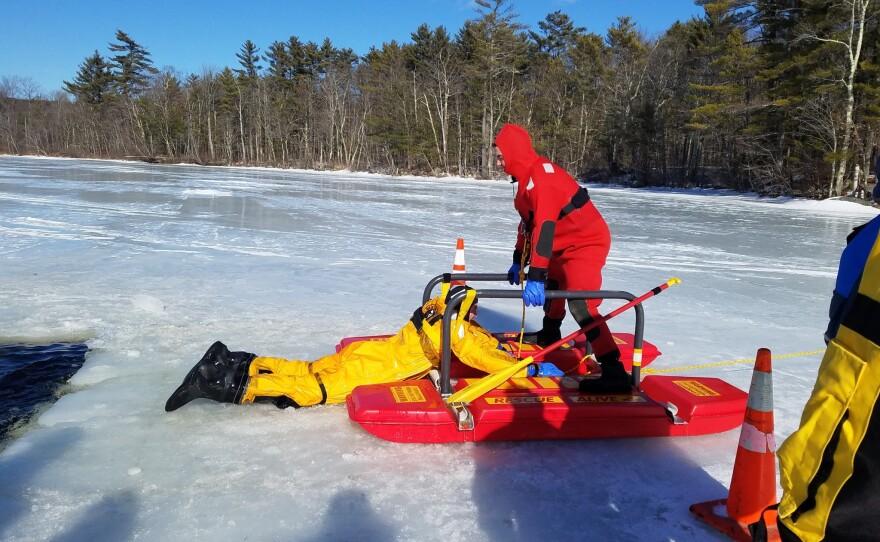The primary ingredient that raised concern is oxybenzone, which the EWG says is a hormone disruptor that is detrimental to human health and linked to the destruction of coral reefs.
While oxybenzone is found in some sunscreens, the EWG noted it was only found in 6 percent of the SPF products they tested, a significant drop from last year. However, most sunscreens did not meet the EWG’s standards of effectiveness and safety.
“We found that only 25% of sunscreens available on the market offer broad-spectrum protection without troubling ingredients,” said Emily Spilman, a program manager on EWG’s Healthy Living Science team. “This underscores the importance of stricter standards.”
EWG researchers tested more than 1,700 SPF products, including sunscreens, moisturizers, and lip balms.
“While manufacturers may be moving away from oxybenzone, a significant portion of the market is still made up of products using the 12 ingredients which can’t be considered safe and effective without further testing,” said EWG’s senior scientist David Andrews.
In addition to the chemicals listed in the guide, there are two types of mineral ingredients that the FDA said are safe and effective: titanium dioxide and zinc oxide. Zinc oxide provides effective broad-spectrum protection from both ultraviolet A, or UVA, and UVB rays, and it’s stable in the sun.
This year, the organization also introduced 12 EWG-verified sunscreens that meet sun protection standards and avoid harmful ingredients.
- ATTITUDE Mineral Sunscreen Stick, Face, Unscented, SPF 30
- ATTITUDE Mineral Sunscreen Stick, Kids, Face, Unscented, SPF 30
- ATTITUDE Mineral Sunscreen Stick, Kids, Tropical, SPF 30
- ATTITUDE Mineral Sunscreen Stick, Orange Blossom, SPF 30
- ATTITUDE Mineral Sunscreen Stick, Tropical, SPF 30
- ATTITUDE Mineral Sunscreen Stick, Unscented, SPF 30
- ATTITUDE Mineral Sunscreen Stick, Kids, Unscented, SPF 30
- Babo Botanicals Baby Skin Mineral Sunscreen Lotion, SPF 50
- Babo Botanicals Sheer Mineral Sunscreen Lotion, SPF 50
- Babo Botanicals Clear Zinc Sunscreen Lotion, SPF 30
- Beautycounter Countersun Mineral Sunscreen Lotion, SPF 30
- Beautycounter Countersun Mineral Sunscreen Stick, SPF 30
- Avoid products with oxybenzone, which is absorbed through the skin in large amounts and can affect hormone levels.
- Stay away from vitamin A in sunscreens. Government studies link retinyl palmitate, a form of vitamin A, to the formation of skin tumors and lesions when applied to sun-exposed skin.
- Steer clear of sunscreens with ultra-high SPF values. The FDA has proposed limiting SPF values to 60+, but EWG recommends avoiding products with values over 50+.
- Avoid sprays to reduce inhalation risk, avoid potentially inadequate protection, and minimize possible benzene exposure. These popular products make it difficult to apply an adequate and even coating on the skin, especially in windy conditions. If you must use a pump or spray, apply sunscreen to your hands first, then wipe it on your skin to ensure uniform sun protection.
- Avoid intense sun exposure during peak hours, between 10 a.m. and 4 p.m.
Broad Spectrum and SPF
Long-wave ultraviolet A rays (UVA) and short-wave ultraviolet B rays (UVB) penetrate the ozone layer and can burn, damage, and age skin, even on cloudy days. Ultraviolet radiation is a “proven human carcinogen,” causing squamous cell carcinoma and basal cell carcinoma, which can develop into melanoma, according to the Skin Cancer Foundation, which works closely with the sunscreen industry.Up to 95 percent of all ultraviolet radiation that reaches our skin are UVA rays. These rays, which can pass through glass, are equally intense throughout the year, while UVB rays become more powerful in the spring and summer, especially between 10 a.m. and 4 p.m.
Mineral sunscreens like zinc oxide are not absorbed by the skin. They physically deflect and block the sun’s rays, as opposed to sunscreens with chemical filters that absorb the UVB rays and release heat as they break down. Another plus: mineral ingredients don’t appear to harm the environment.
Some people choose sunscreens with a 100+ SPF, believing those to be the most protective. However, there’s no good data showing sunscreens can protect past a level of 50+ to 60+ SPF, and labeling sunscreens at higher levels could provide users with a false sense of sun protection, the FDA said.




